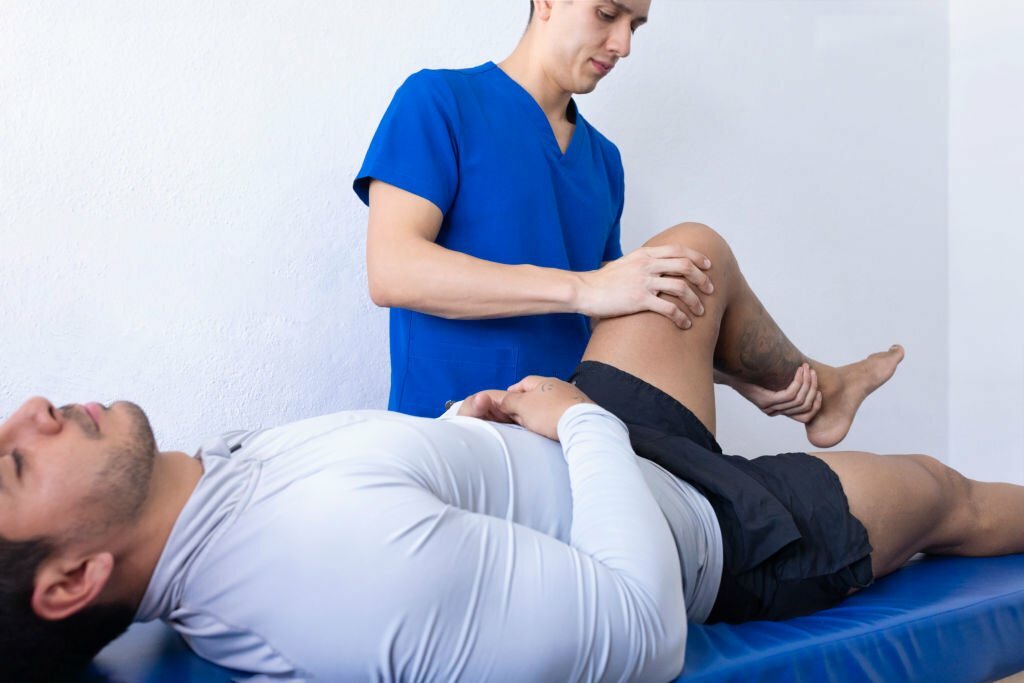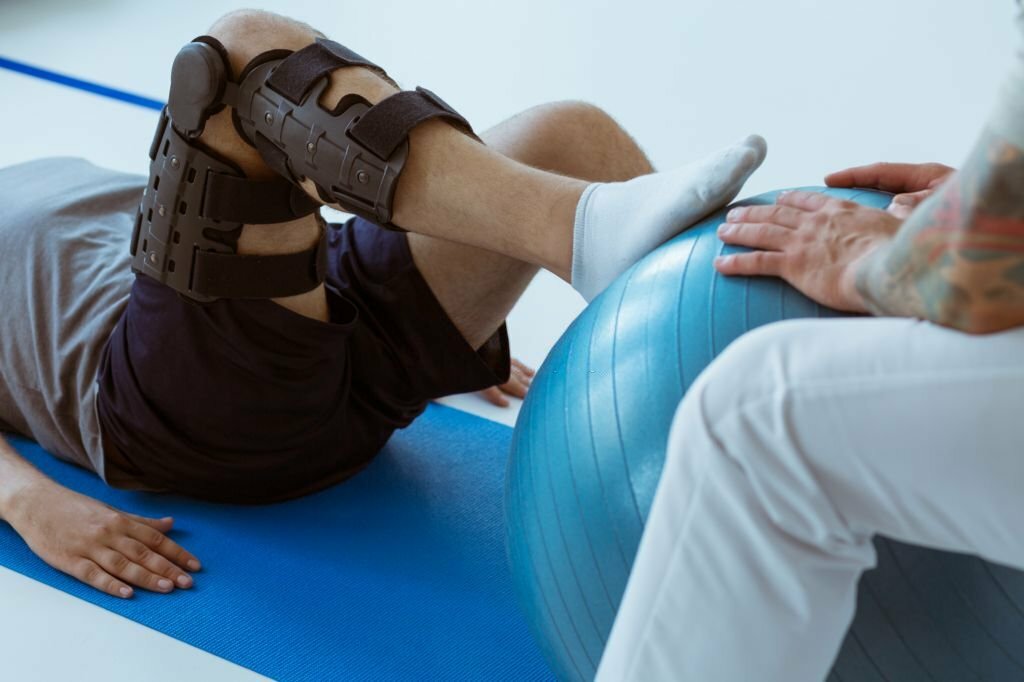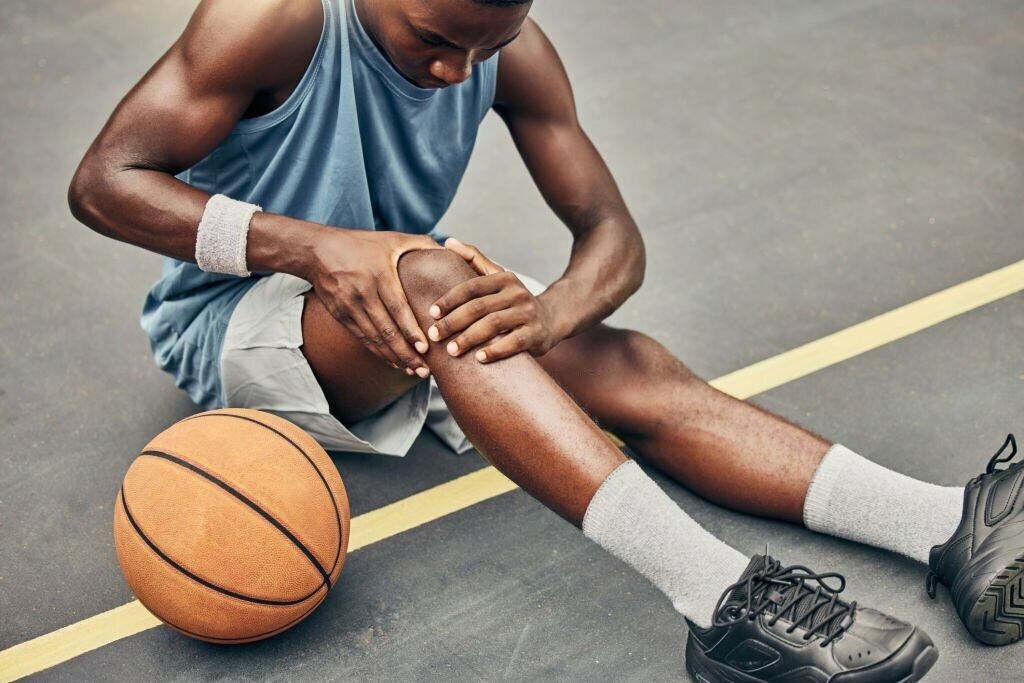The world of sports is a dynamic arena where physical prowess meets the thrill of competition. In this high-stakes environment, athletes push their bodies to the limit, seeking victory and excellence. However, with the pursuit of greatness comes the risk of injuries, and one area that frequently bears the brunt is the knee.
This article aims to unravel the intricate and crucial role that knee surgeons play in the game-changing recovery of athletes. From understanding common sports injuries to exploring cutting-edge surgical techniques and postoperative rehabilitation, we will delve into the multifaceted world of knee surgery and its transformative impact on athletic performance.
Understanding the Anatomy of Sports Injuries
The anatomy of sports injuries, particularly those affecting the knee, plays a pivotal role in shaping the trajectories of athletes’ careers.
In this section, we delve into the intricacies of the knee’s structure, exploring how the demands of various sports can lead to common injuries and impact the overall health of this vital joint.
The Impact of Sports on Knee Health
Sports, by their very nature, subject the body to immense physical stress. The knee, a complex joint, often becomes a focal point for injuries due to its susceptibility to abrupt movements, sudden stops, and changes in direction.
To comprehend the role of knee surgeons, we must first understand the types of injuries prevalent in the sporting world.
Types of Knee Injuries in Athletes
ACL Tears
The anterior cruciate ligament (ACL) is particularly prone to tears, especially in sports that involve frequent pivoting, jumping, or sudden changes in direction.
Meniscus Tears
Athletes frequently experience meniscus tears, affecting the crescent-shaped cartilage that cushions and stabilizes the knee joint.
Patellar Tendonitis
Repetitive stress on the patellar tendon, common in sports that involve frequent jumping, can lead to inflammation and tendonitis.
The Importance of Timely Intervention

Recognizing the signs of knee injuries and seeking prompt medical attention are critical steps in preventing further damage.
Delayed intervention can exacerbate injuries, prolong recovery times, and potentially jeopardize an athlete’s long-term performance.
Knee Surgeons: Architects of Athletic Recovery
In the ever-evolving landscape of sports medicine, knee surgeons emerge as the architects of athletic recovery. Explore here their specialized expertise, honed in the intricate realm of sports-related injuries, plays a transformative role in restoring athletes to their peak performance.
Specialized Expertise in Sports Medicine
Knee surgeons specializing in sports medicine bring a unique skill set to the table. Their understanding of the specific demands placed on athletes’ knees allows for targeted diagnoses and tailored treatment plans.
Diagnostic Precision: Navigating Advanced Imaging Techniques
Modern knee surgeons leverage state-of-the-art imaging technologies, such as MRI and CT scans, to gain a comprehensive view of the injury. This diagnostic precision is critical in developing effective and personalized recovery strategies.
Arthroscopic Techniques: Minimally Invasive Precision
The advent of arthroscopic surgery has revolutionized knee procedures. Knee surgeons utilize small incisions and specialized cameras to address issues within the joint, reducing recovery times and minimizing scarring.
Surgical Interventions in Sports Recovery
In this exploration, we dive into the realm of surgical interventions in sports recovery, unraveling the intricacies of procedures that act as the linchpin between injury and triumphant comeback.

ACL Reconstruction: Restoring Stability and Functionality
ACL tears are prevalent in sports, and surgical reconstruction is often necessary. Explore the intricacies of ACL surgery, rehabilitation protocols, and the impact on an athlete’s return to play.
Meniscus Repair: Preserving Joint Integrity
Meniscus tears can compromise joint stability. Knee surgeons employ various techniques, including meniscus repair and meniscectomy, to address these injuries and preserve long-term joint health.
Patellar Tendon Repair: Reinforcing Stability
Chronic patellar tendonitis may require surgical intervention. Knee surgeons discuss the nuances of patellar tendon repair, rehabilitation milestones, and the anticipated outcomes for athletes.
Post-Surgical Rehabilitation: The Road to Resilience
The culmination of surgical interventions marks the initiation of a crucial phase in an athlete’s journey—post-surgical rehabilitation.
In this section, we traverse the road to resilience, exploring the dynamics of physiotherapy, mental fortitude, and the collaborative efforts between athletes, physiotherapists, and sports psychologists.
Physiotherapy: Building Strength and Flexibility
Post-surgical rehabilitation is a critical phase in an athlete’s journey to recovery. Physiotherapy plays a central role in rebuilding strength, flexibility, and proprioception to ensure a comprehensive return to athletic activities.
Mental Resilience in Rehabilitation
Injuries can take a toll not only on the body but also on an athlete’s mental well-being. Explore the strategies employed by sports psychologists to support athletes during rehabilitation, fostering mental resilience and a positive mindset.
The Future of Knee Surgery in Sports
In this section, we embark on a journey into the future, exploring the exciting landscape of regenerative medicine, preventive measures, and the symbiotic relationship between technology and knee surgery.

Advancements in Regenerative Medicine
The future of knee surgery holds promising developments in regenerative medicine. From stem cell therapy to platelet-rich plasma (PRP) treatments, explore how these innovative approaches are reshaping the landscape of sports injury recovery.
Preventive Measures and Performance Enhancement
Knee surgeons are increasingly involved in preventive strategies to mitigate the risk of injuries. From biomechanical assessments to personalized training programs, discover how these measures are not only preventing injuries but also enhancing overall athletic performance.
Their specialized knowledge, coupled with advancements in surgical techniques and rehabilitation protocols, has transformed the landscape of sports recovery. As athletes continue to push boundaries, knee surgeons play an instrumental role in ensuring that setbacks are not the end but rather a stepping stone to resilience, strength, and enduring success.
Conclusion
In the realm of athletic performance, knee surgeons stand as silent architects of remarkable comebacks.
In this comprehensive exploration of the crucial role of knee surgeons in athletic performance, we’ve journeyed through the anatomy of sports injuries, the precision of surgical interventions, and the resilience required in post-surgical rehabilitation.
As we look to the future, the horizon holds even more exciting possibilities, promising a new era where athletes can not only recover but also thrive beyond the challenges of knee injuries.










